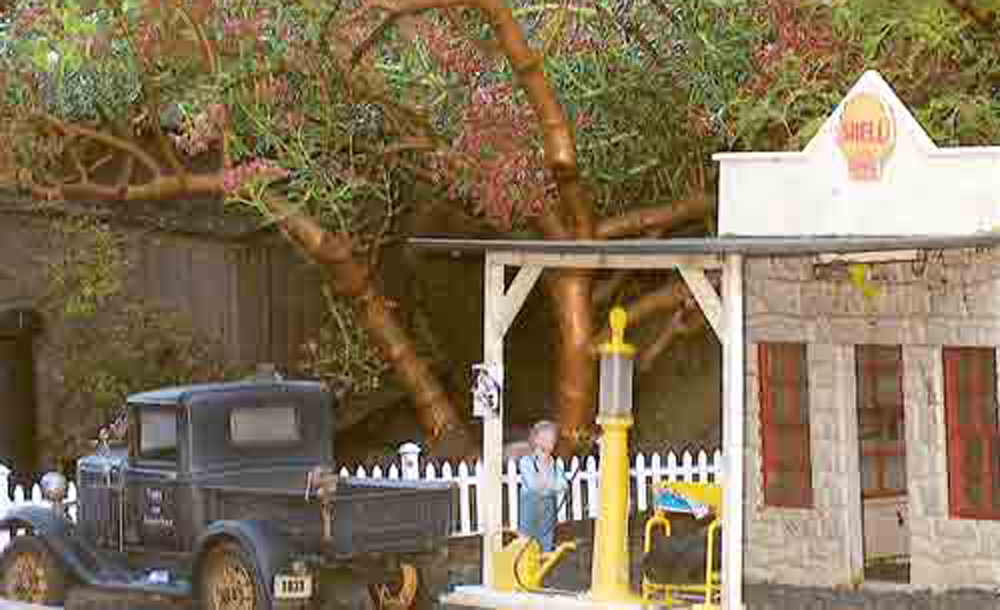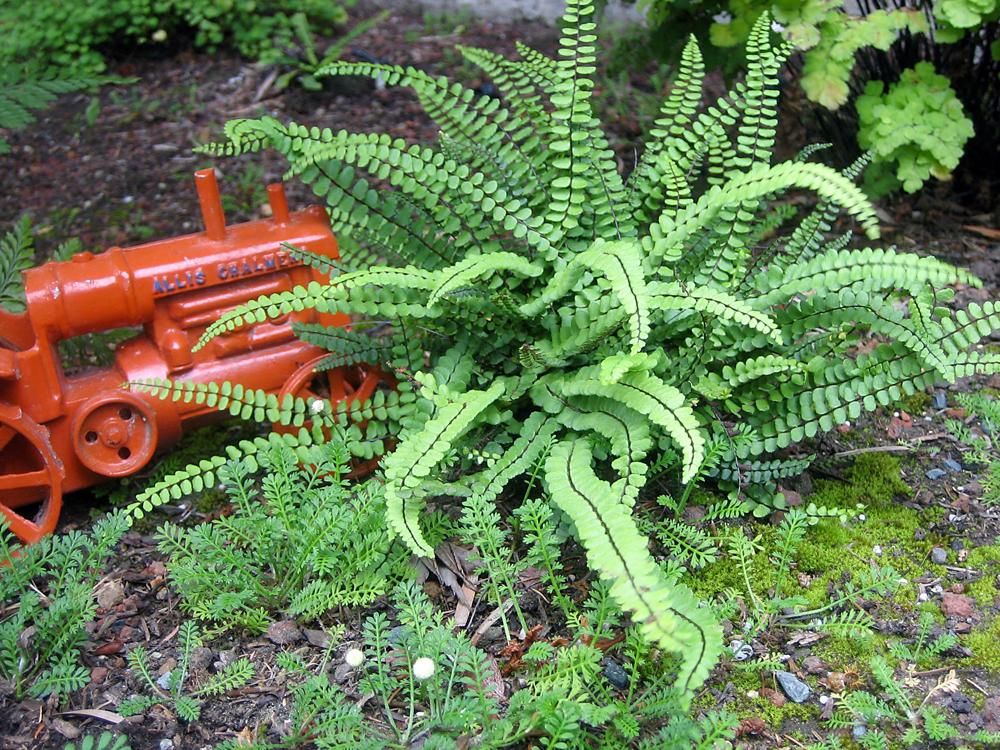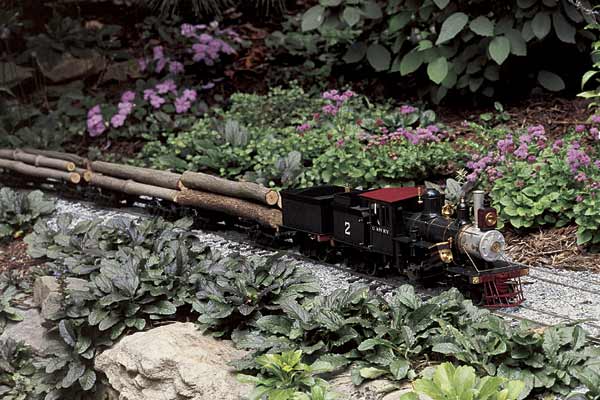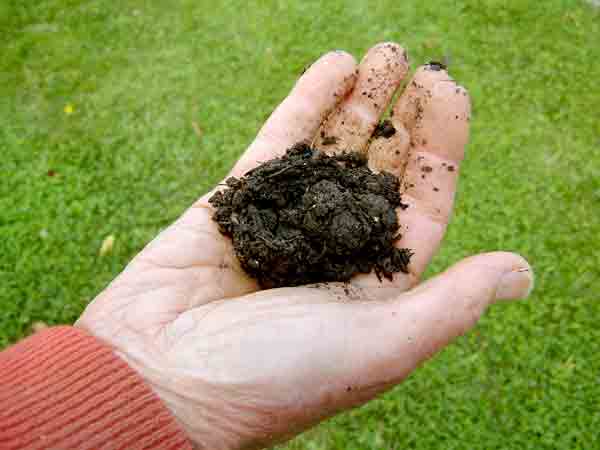There are as many suggested ways to repel deer and rabbits as there are baby bunnies in my neighborhood. Physical barriers (fences) are probably the only sure-fire way to keep critters out of your railroad, but are expensive, often impractical, and usually unsightly.
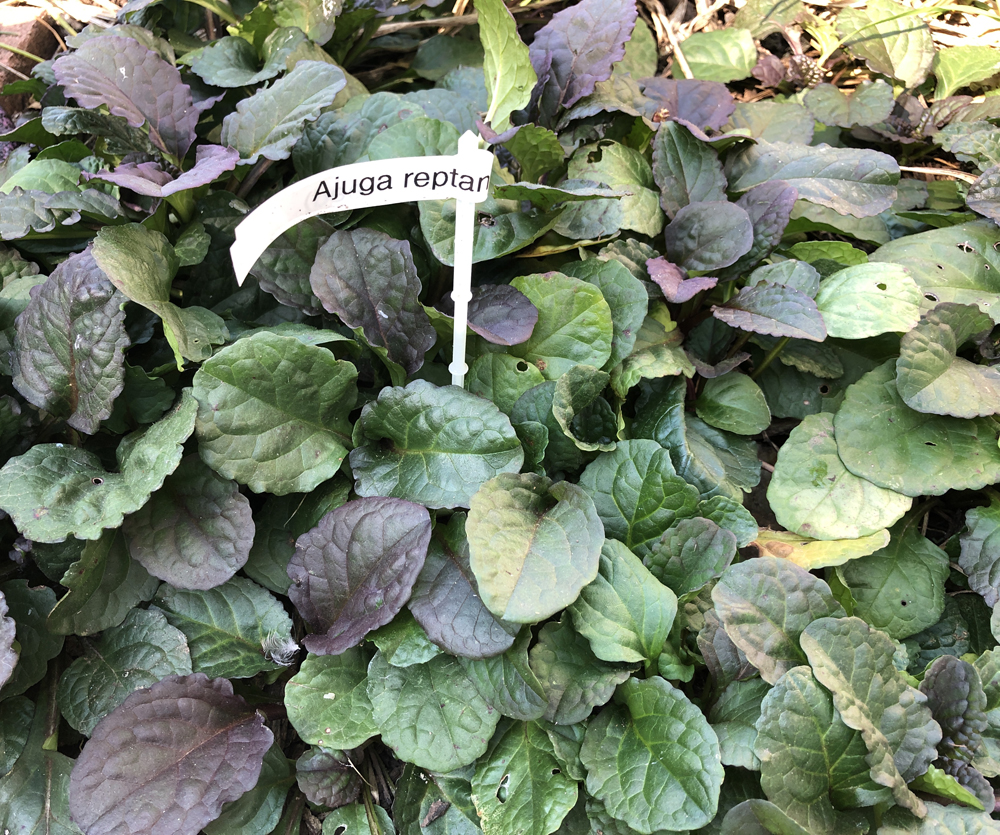
Next in order of effectiveness is to use plants that are less attractive to these critters. This is never an easy task and I’ve found animals will eat just about anything—it all depends on how hungry they are. In extremely general terms, prickly, fuzzy, and smelly (fragrant) plants are less often browsed, however.
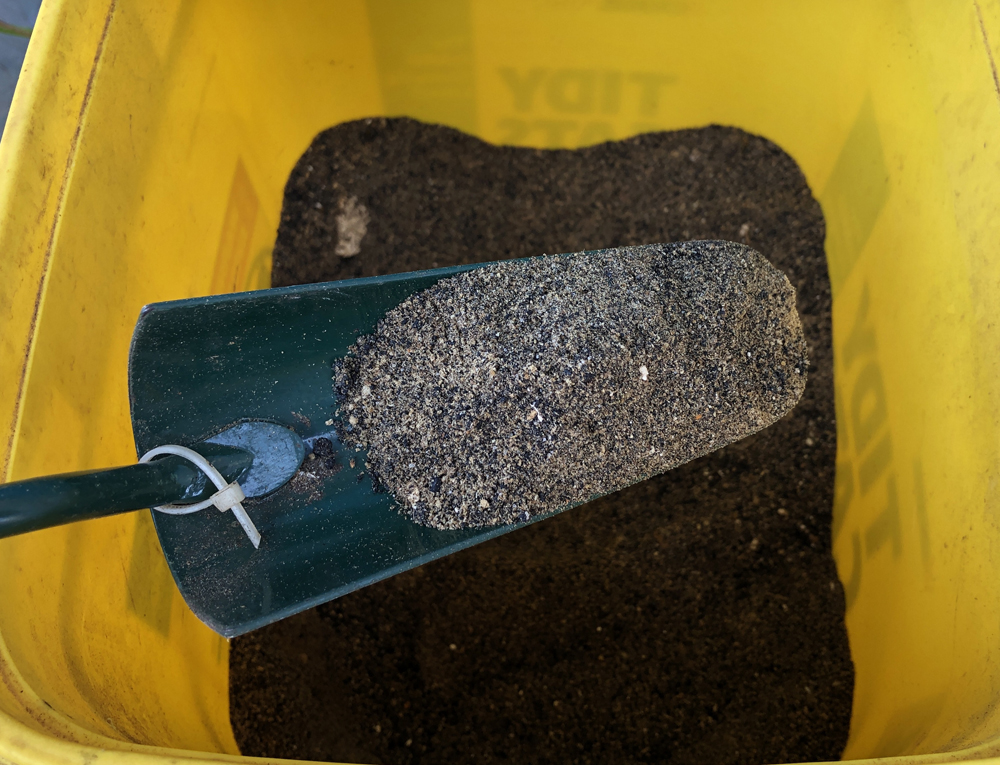
Lastly, are repellents—products that make the garden or plant less desirable for dining in or on. These include hanging bars of soap or shiny objects in trees to dangle in the air, and even using dried animal waste or human hair clippings on top of the soil as deterrents. The most effective repellents are those made from a combination of strong-smelling ingredients, including garlic, cloves, eggs, hot pepper, and more. Some are used as protective sprays, others are applied to the soil surface. You can make your own (see Linda Dietz’s recipe at the end of this article) or buy pre-prepared concoctions. Most of these are fairly effective if used often enough. The store-bought products are probably as effective as the homemade versions, though you pay a price for the convenience.
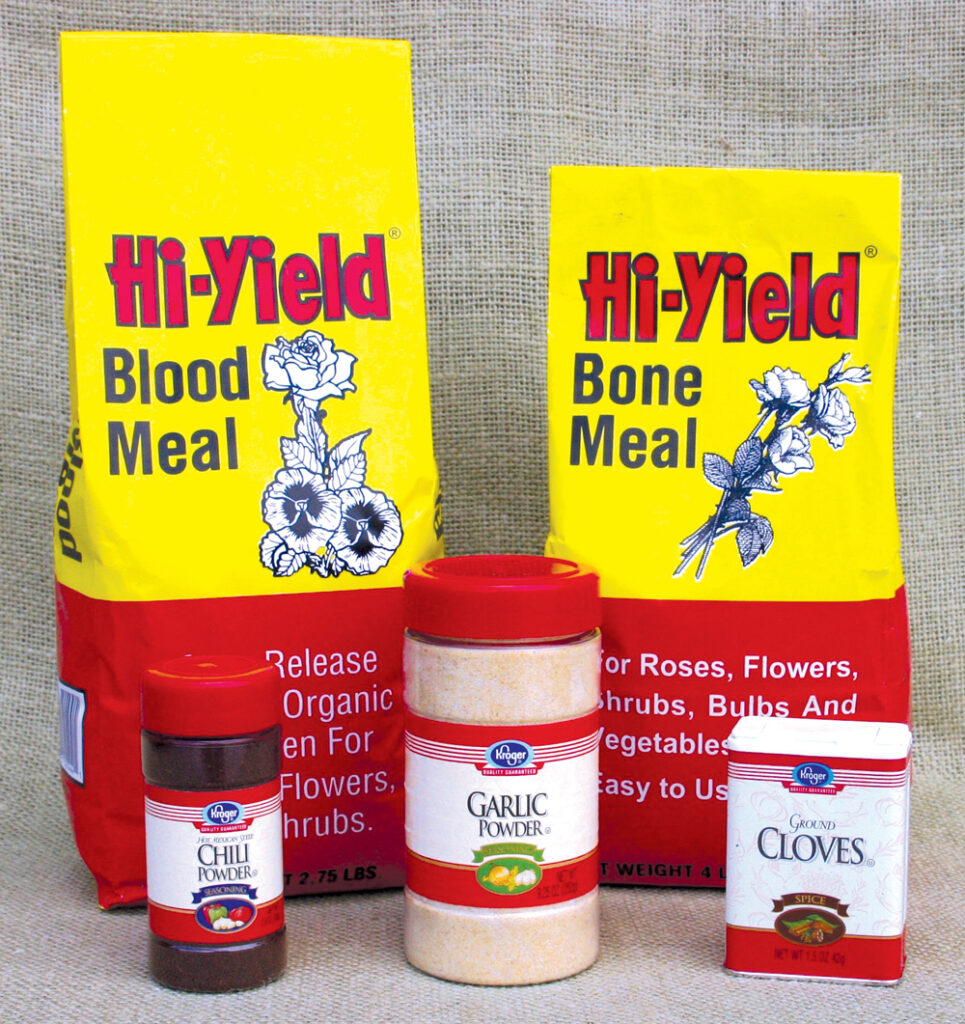
Deer and rabbit repellent
From Linda Dietz
Hall County Master Gardener, Flowery Branch, Georgia
1 bag blood meal
1 bag bone meal
1 large garlic powder (not garlic salt)
1 small clove powder
1 medium chili powder
Mix well in a large bucket and, using a scoop, sprinkle around plants you wish to save from being eaten by deer and rabbits. Linda does this procedure every two months unless it rains heavily, at which time she uses the mixture right after the rains have stopped.






